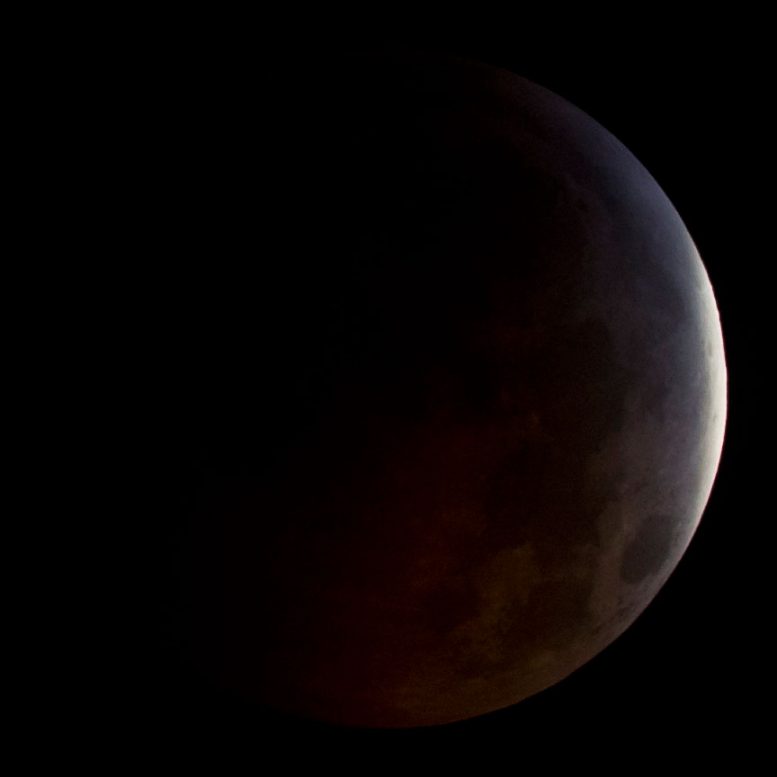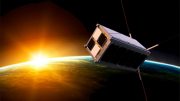For the first time in more than 30 years, on September 27 you’ll be able to witness a supermoon in combination with a lunar eclipse.
Late on September 27, 2015, in the U.S. and much of the world, a total lunar eclipse will mask the moon’s larger-than-life face for more than an hour.
But what is this behemoth of the night sky? Not a bird, not a plane, it’s a supermoon! Although this incarnation of the moon comes around only once every year, it’s not as mysterious as you might think.
“Because the orbit of the moon is not a perfect circle, the moon is sometimes closer to the Earth than at other times during its orbit,” said Noah Petro, deputy project scientist for the Lunar Reconnaissance Orbiter at NASA’s Goddard Space Flight Center in Greenbelt, Maryland. “When the moon is farthest away it’s known as apogee, and when it’s closest it’s known as perigee. On September 27, we’re going to have a perigee full moon—the closest full moon of the year.”
On the night of September 27, 2015, a supermoon lunar eclipse will be viewable in the night sky for those living in North and South America. Those living in Europe and Africa can view it in the early morning hours of September 28. Credit: NASA/Goddard
At perigee, the moon is about 31,000 miles (50,000 kilometers) closer to Earth than at apogee. That distance equates to more than once around the circumference of Earth. Its looming proximity makes the moon appear 14 percent larger and 30 percent brighter in the sky than an apogee full moon, which sparked the term “supermoon.”
“There’s no physical difference in the moon,” Petro said. “It just appears slightly bigger in the sky. It’s not dramatic, but it does look larger.”
A lunar eclipse typically puts on an even greater show. For more than an hour, Earth’s shadow swallows up the moon as the planet comes between the sun and the moon. Lunar eclipses typically occur at least twice a year, and 228 will occur in the 21st century alone. While people such as the Incans and Mesopotamians historically viewed lunar eclipses as random and frightening occurrences, they’re actually quite predictable.
Scientists at Goddard have predicted eclipses a thousand years into the future. Petro said it’s just a matter of knowing where Earth, the sun and the moon are at a given point in time.
As for the supermoon and a lunar eclipse occurring simultaneously, Petro said, “It’s just planetary dynamics. The orbit of the moon around Earth is inclined to the axis of Earth and the orbital plane of all these things just falls into place every once in a while. When the rhythms line up, you might get three to four eclipses in a row or a supermoon and an eclipse happening.”
But the proverbial stars only align for this event once every few decades, making this phenomenon much rarer than a supermoon or a lunar eclipse separately. The last supermoon/lunar eclipse combination occurred in 1982 and the next won’t happen until 2033. “That’s rare because it’s something an entire generation may not have seen,” said Petro.
Despite its rarity, Petro said the event is not cause for concern. “The only thing that will happen on Earth during an eclipse is that people will wake up the next morning with neck pain because they spent the night looking up,” he said.
The total eclipse will last one hour and 12 minutes, and will be visible to North and South America, Europe, Africa, and parts of West Asia and the eastern Pacific. Viewers can see the supermoon unmasked after nightfall. Earth’s shadow will begin to dim the supermoon slightly beginning at 8:11 p.m. EDT. A noticeable shadow will begin to fall on the moon at 9:07 p.m., and the total eclipse will start at 10:11 p.m.
Tune in on September 27 for this rare event, taking place right in Earth’s neighborhood.










awesome! i will surely watch…